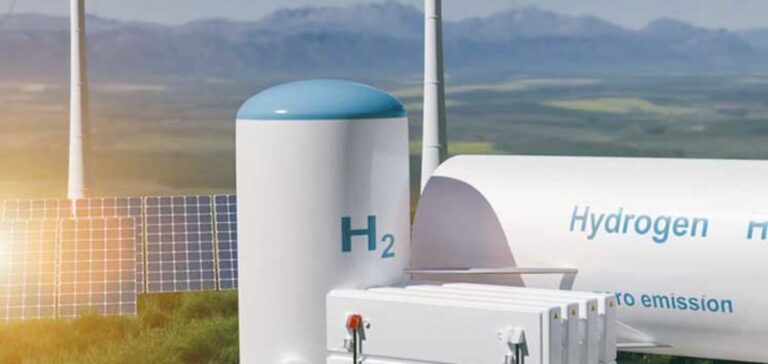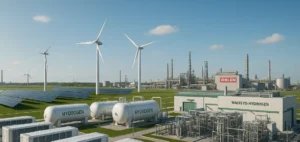The Open Hydrogen Initiative (OHI) will measure the environmental impact of hydrogen production at the facility level.
New measurement method
The IHO is part of the goal to make the market more transparent. Hydrogen is emerging as an alternative fuel, classified by color according to its production source. Only the method used to measure its carbon footprint does not meet with consensus.
The collaboration between S&P Global Commodity Insights and GTI Energy will bring together a range of players, including EQT, Shell and ExxonMobil. The project will include partners from non-profit organizations and universities such as the University of Newcastle in Australia and Queen Mary University of London. Paula Gant, Ph.D., president and CEO of GTI Energy, says:
“Each founder and stakeholder brings different levels of technical support, an R&D perspective, and real-world market insights to bridge the methodological gap that undermines the commoditization of hydrogen.”
In addition, experts are already beginning to identify harmonized tools that will go beyond the current method of classifying hydrogen by color. It happens that two molecules of the same color can have a variable environmental impact. For an analysis that allows for more accurate measurements, the founders of IHO are conducting an analysis at the production facility level.
Justified by exponential growth
Since COP27, it has become clear that hydrogen can contribute to decarbonizing the global economy. Today, its demand is concentrated in oil refining and ammonia production. Nevertheless, it could explode in other sectors.
Thus, according to projections made up to 2050, more than 90% of the growth in demand could come from sectors such as heavy transportation or steel production. In addition, governments are supporting hydrogen through programs such as the Inflation Reduction Act in the United States. In addition, around the world, historic investments are being made in the clean energy sector.
The European Union established the Hydrogen Bank, to inject €3 billion into low-carbon hydrogen projects. Finally, if the global demand for hydrogen increases to 249 million tons in 2050, it seems urgent to intensify research in the sector. Thus, establishing a reliable method to measure its carbon footprint is essential to ensure a sustainable growth trajectory for hydrogen in the global market.





















